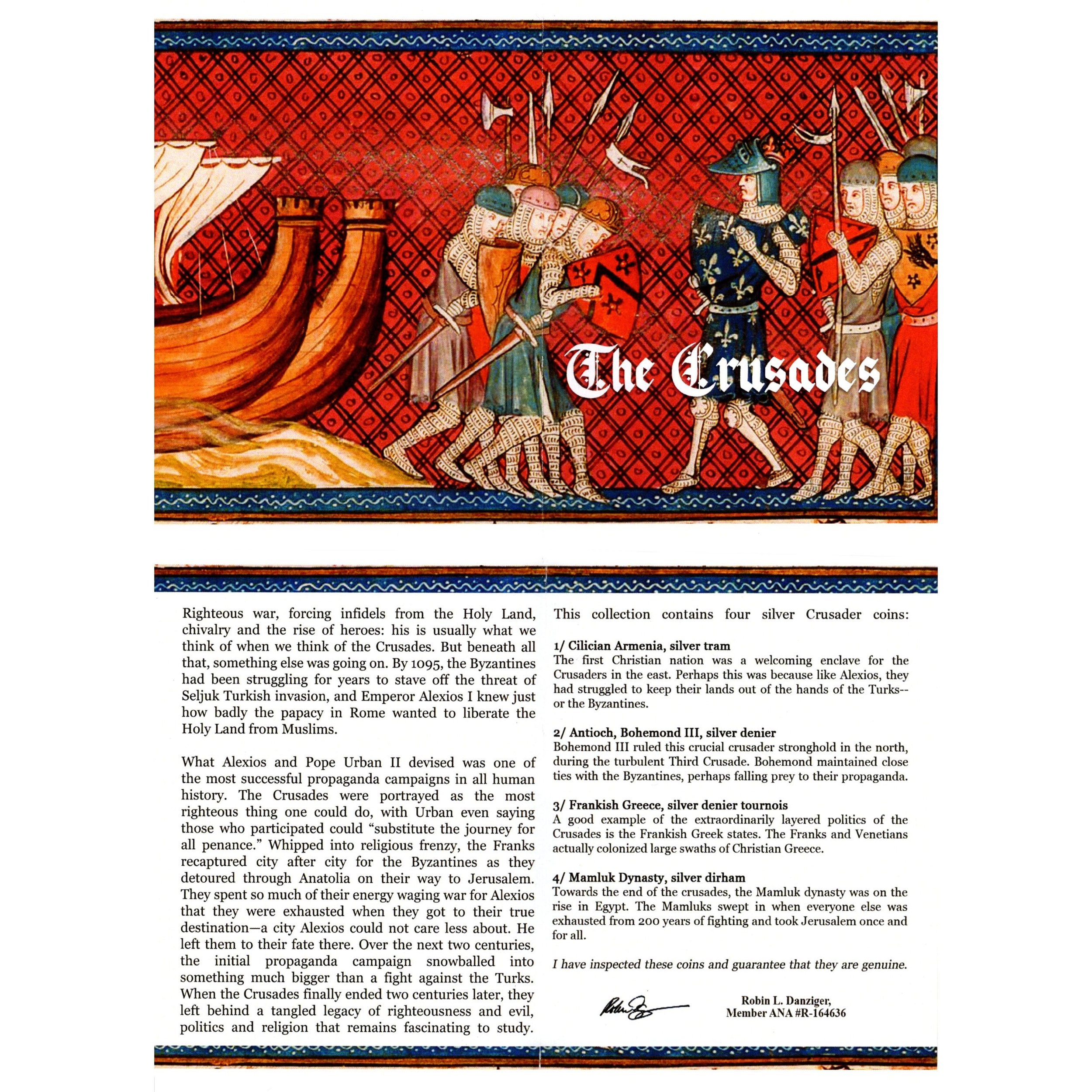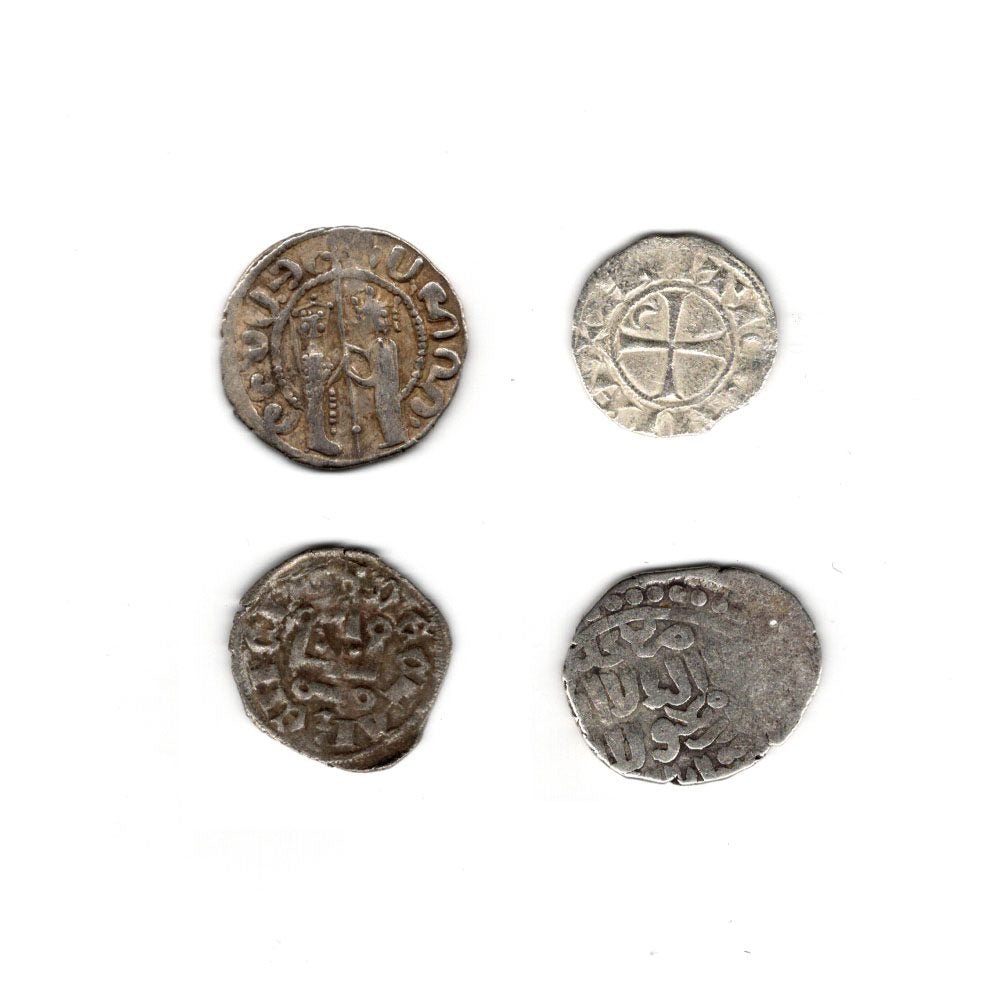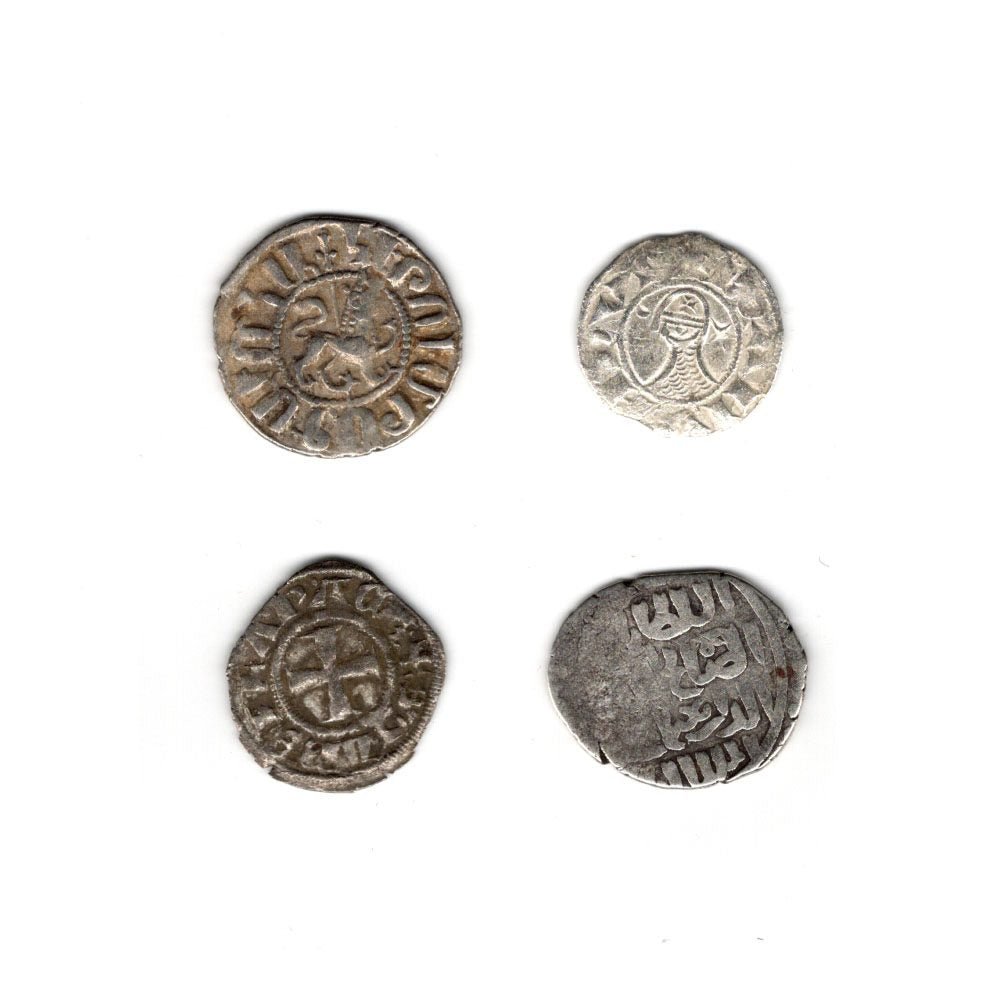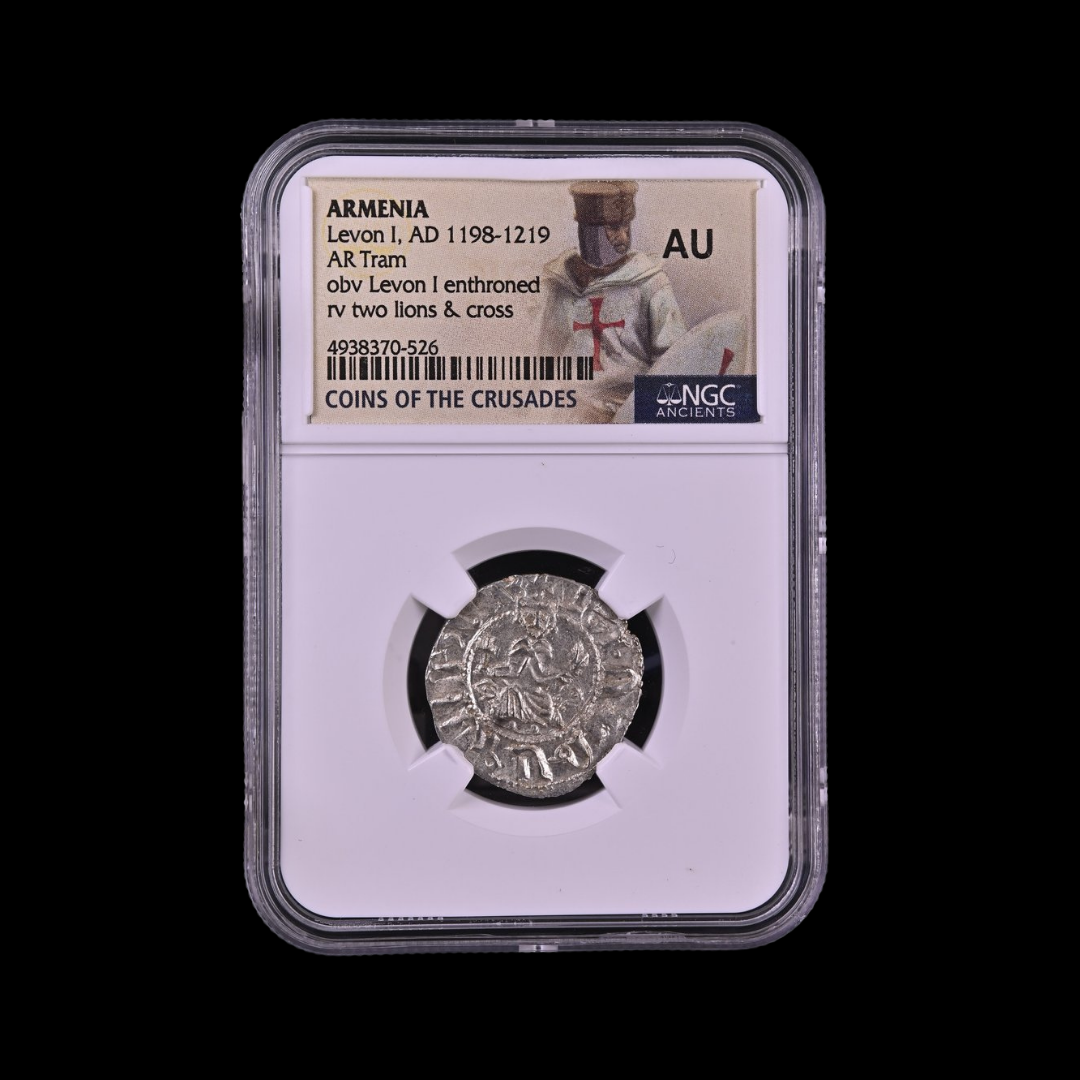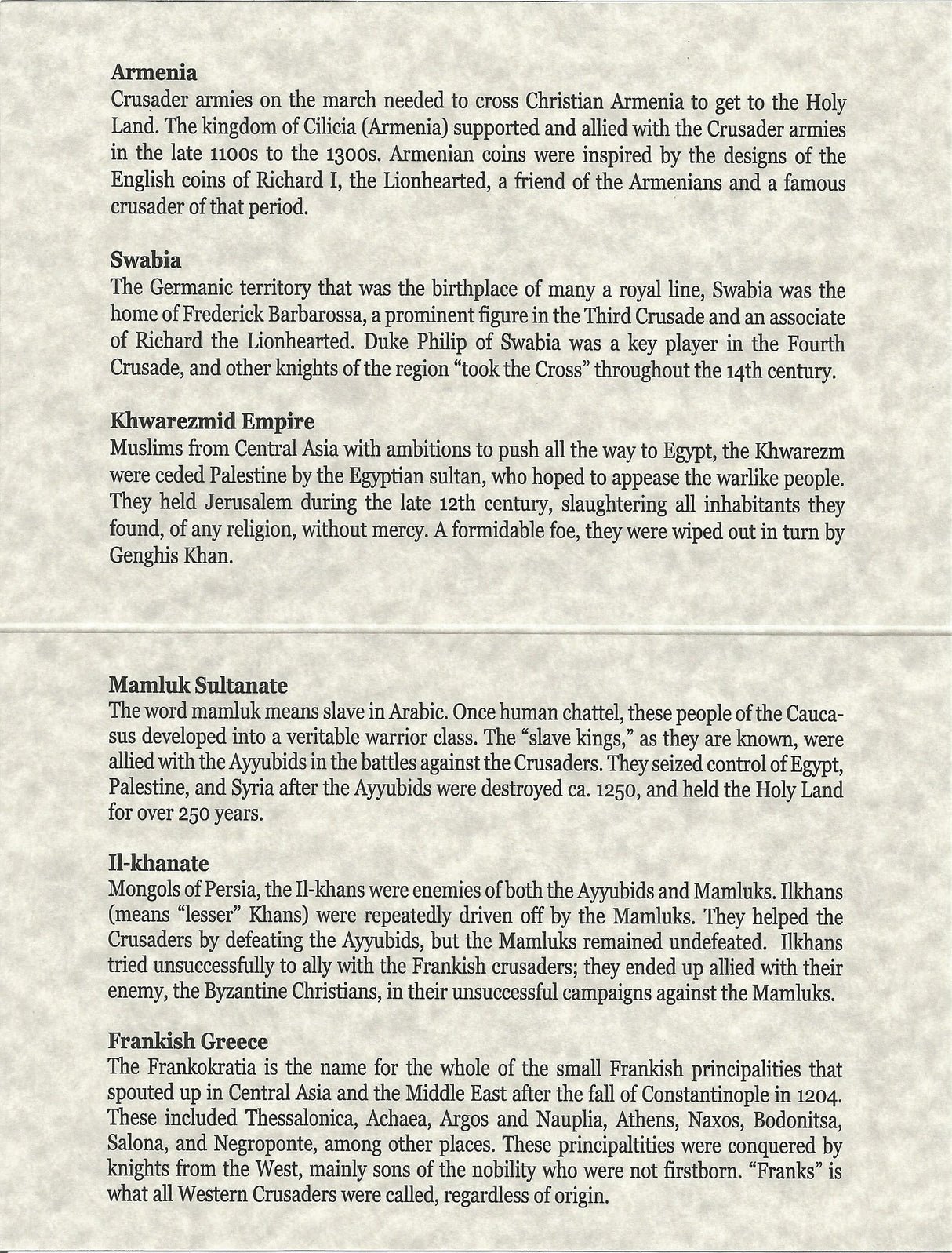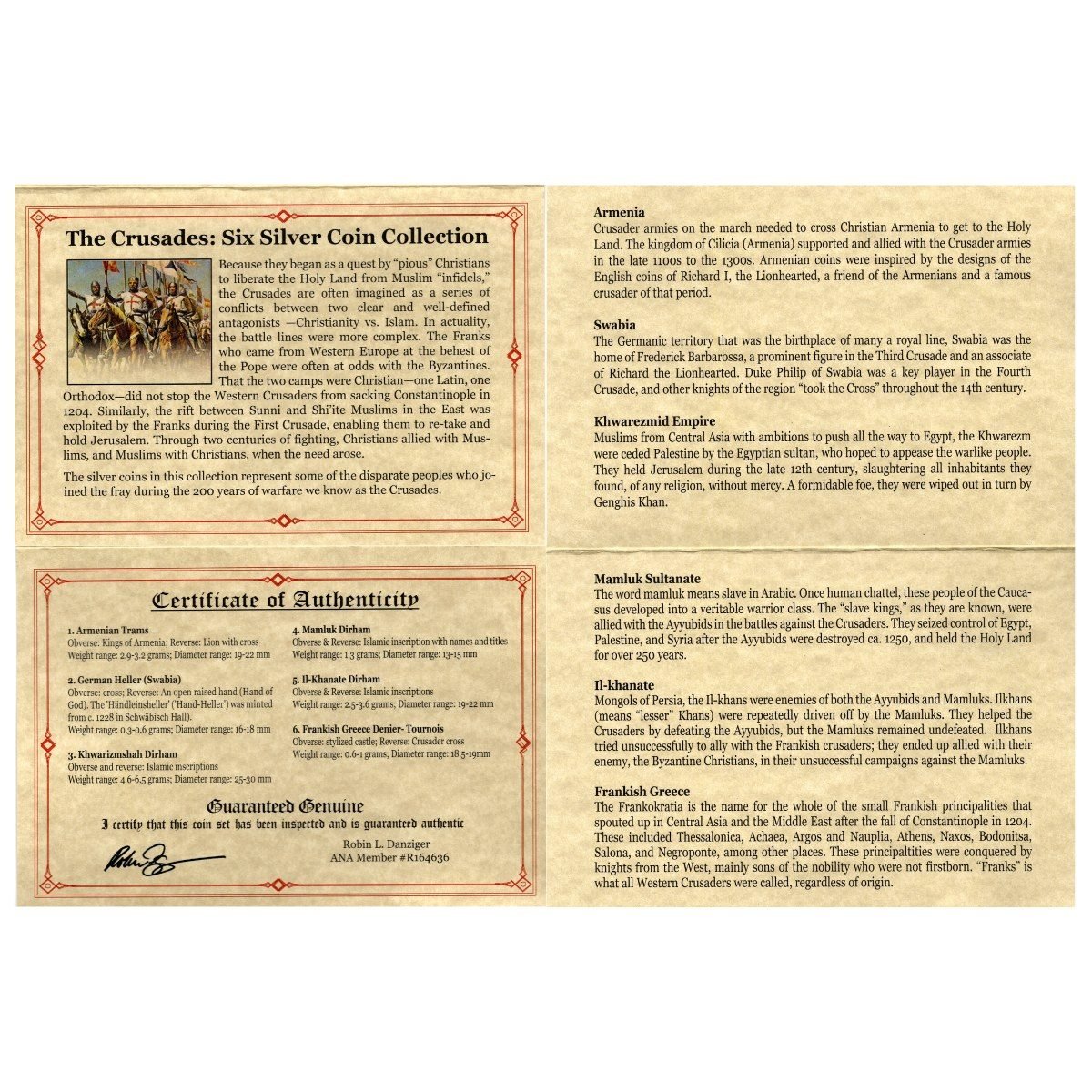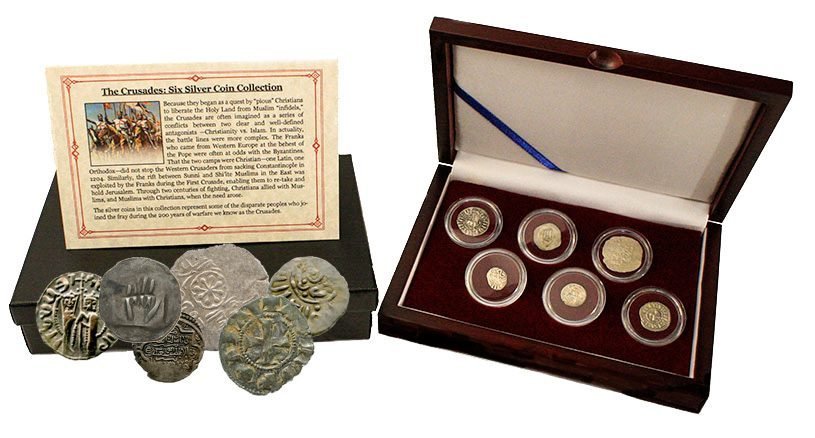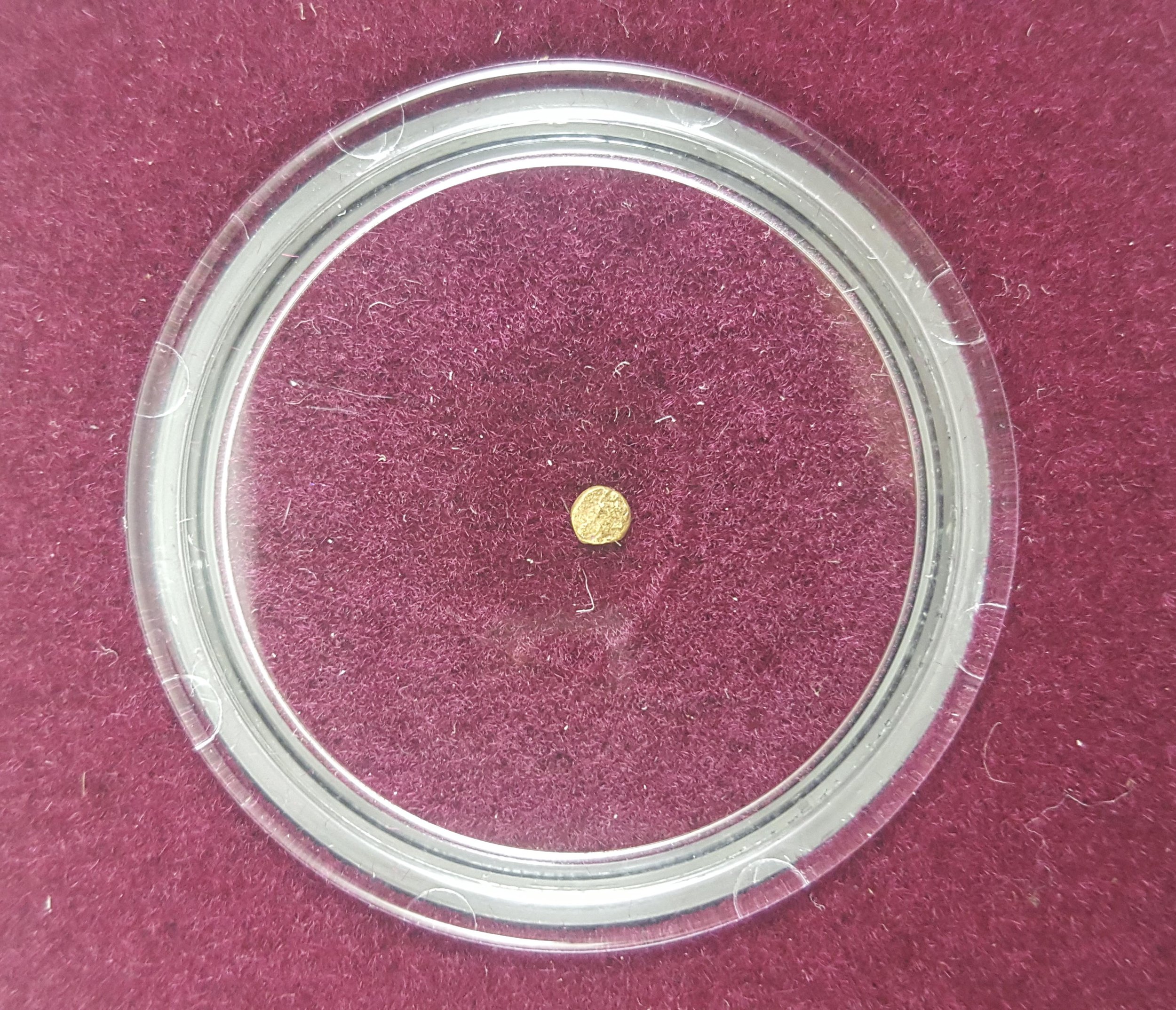Anglo-Saxon Silver Penny of William the Conqueror (about 940 years ago)
This silver penny was minted between 1083-1086 AD in Wilton (England) during the final years of William the Conqueror's reign.
Front Side: Features a crowned bust of William facing forward holding a scepter, with the inscription "+ PILLELM REX" (King William)
Back Side: Displays a cross potent (cross with a crossbar at each end) with the letters P A X S (Latin for "peace") in the angles, and the inscription "+ SEPINE ON PILTV" (Sæwine at Wilton - the moneyer and mint)
Technical Details:
Size: 20mm diameter
Weight: 1.5 grams
Moneyer: Sæwine
Mint: Wilton (provincial English mint)
References: SCBI 20 [Mack] 1459; North 848; BMC VIII; Spink 1257
Rarity: Rare provincial issue
Historical Significance: This coin was struck during the final years of William's reign, just before he left England for France in 1086. William died the following year from complications of a wound. The 'PAXS' type was the last coin series issued under William I and reflects his desire to emphasize peace and stability in his conquered kingdom. William had transformed England after his conquest in 1066, introducing Norman feudalism and establishing firm royal control over coinage. This rare provincial mint coin provides evidence of how William's administrative system extended throughout England, with carefully controlled regional mints producing standardized coinage.
This silver penny was minted between 1083-1086 AD in Wilton (England) during the final years of William the Conqueror's reign.
Front Side: Features a crowned bust of William facing forward holding a scepter, with the inscription "+ PILLELM REX" (King William)
Back Side: Displays a cross potent (cross with a crossbar at each end) with the letters P A X S (Latin for "peace") in the angles, and the inscription "+ SEPINE ON PILTV" (Sæwine at Wilton - the moneyer and mint)
Technical Details:
Size: 20mm diameter
Weight: 1.5 grams
Moneyer: Sæwine
Mint: Wilton (provincial English mint)
References: SCBI 20 [Mack] 1459; North 848; BMC VIII; Spink 1257
Rarity: Rare provincial issue
Historical Significance: This coin was struck during the final years of William's reign, just before he left England for France in 1086. William died the following year from complications of a wound. The 'PAXS' type was the last coin series issued under William I and reflects his desire to emphasize peace and stability in his conquered kingdom. William had transformed England after his conquest in 1066, introducing Norman feudalism and establishing firm royal control over coinage. This rare provincial mint coin provides evidence of how William's administrative system extended throughout England, with carefully controlled regional mints producing standardized coinage.
This silver penny was minted between 1083-1086 AD in Wilton (England) during the final years of William the Conqueror's reign.
Front Side: Features a crowned bust of William facing forward holding a scepter, with the inscription "+ PILLELM REX" (King William)
Back Side: Displays a cross potent (cross with a crossbar at each end) with the letters P A X S (Latin for "peace") in the angles, and the inscription "+ SEPINE ON PILTV" (Sæwine at Wilton - the moneyer and mint)
Technical Details:
Size: 20mm diameter
Weight: 1.5 grams
Moneyer: Sæwine
Mint: Wilton (provincial English mint)
References: SCBI 20 [Mack] 1459; North 848; BMC VIII; Spink 1257
Rarity: Rare provincial issue
Historical Significance: This coin was struck during the final years of William's reign, just before he left England for France in 1086. William died the following year from complications of a wound. The 'PAXS' type was the last coin series issued under William I and reflects his desire to emphasize peace and stability in his conquered kingdom. William had transformed England after his conquest in 1066, introducing Norman feudalism and establishing firm royal control over coinage. This rare provincial mint coin provides evidence of how William's administrative system extended throughout England, with carefully controlled regional mints producing standardized coinage.





